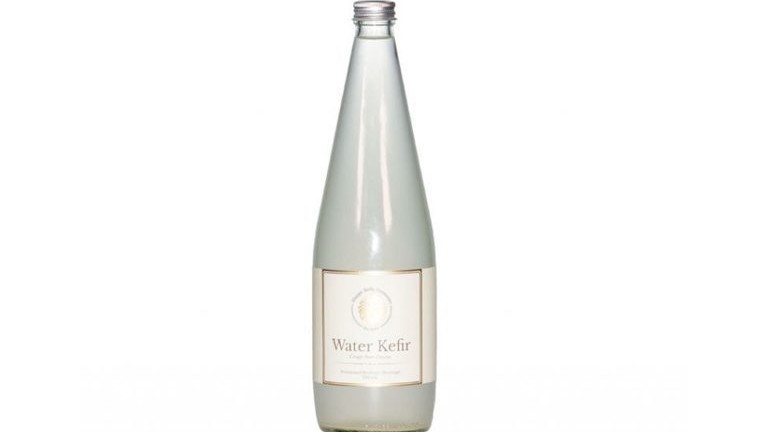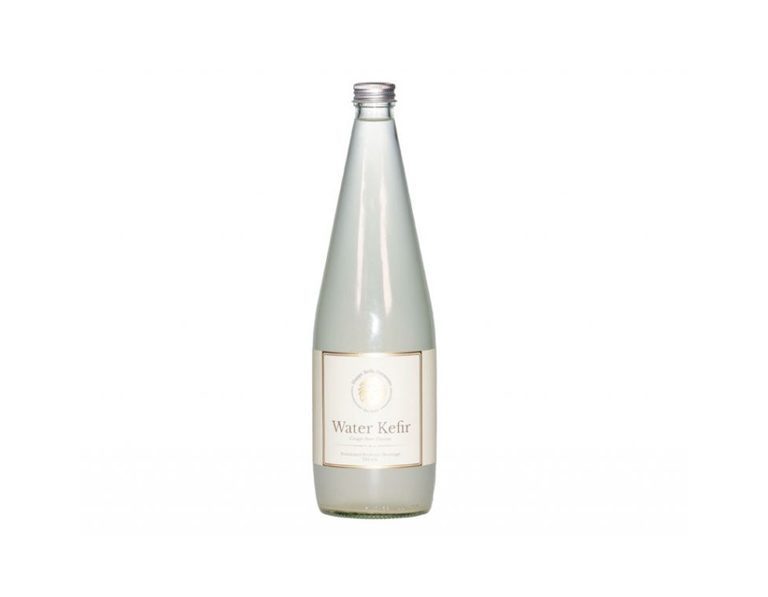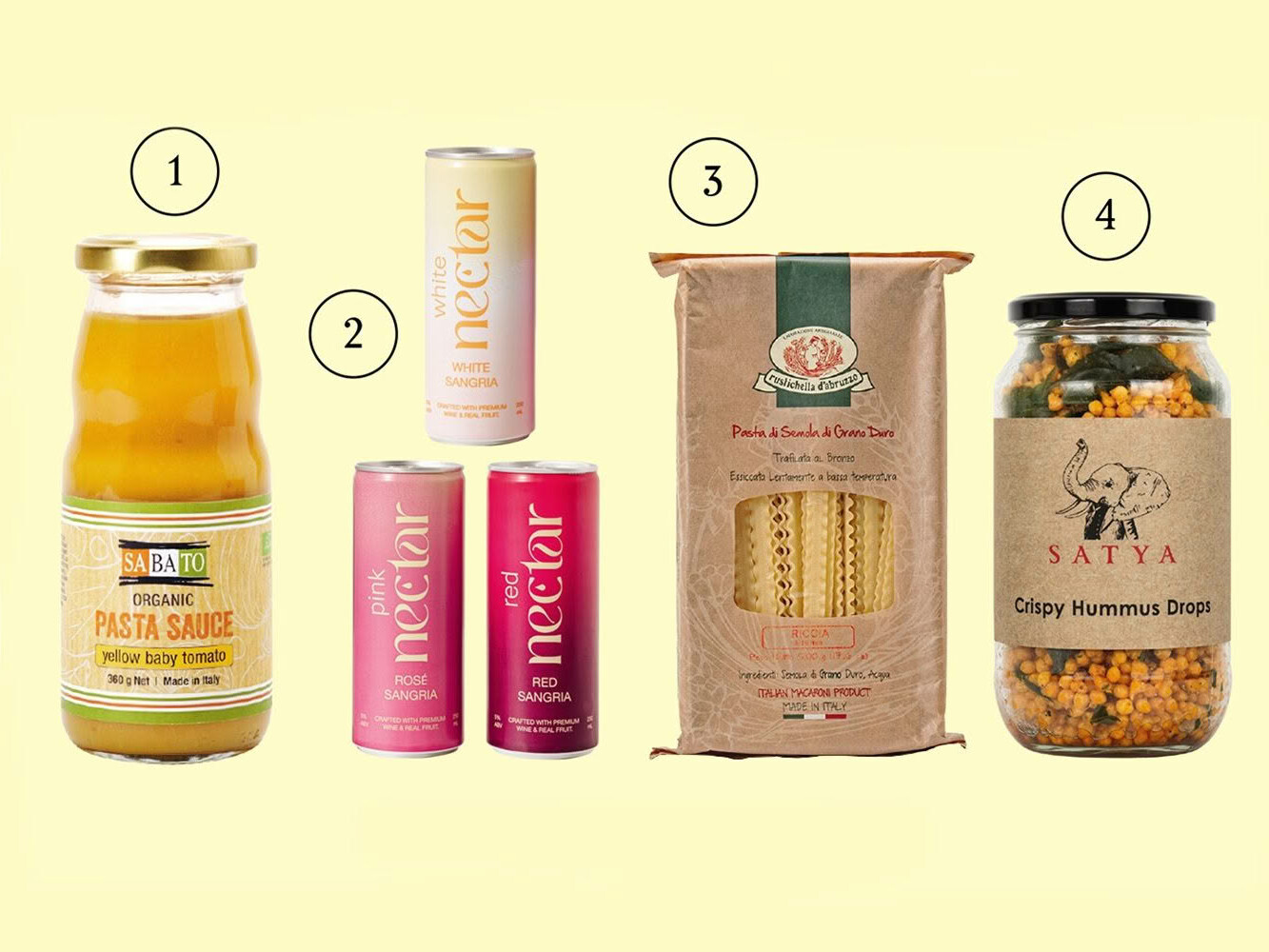Riding the tide of interest in natural wellness, probiotic drinks are increasingly popular, no longer to be found just in health-food shops but crowding our supermarket shelves and cafe menus, too. Their appeal lies in the benefit that naturally fermented foods can offer our health and the desire for alternatives to sugar-laden, carbonated drinks. Jo Kempton of Happy Belly Ferments certainly sees the benefits for herself. “My kids were the only kids in school that didn’t have a day off in the winter term. For my family, as our gut health has improved our physical health has improved, too.”
The business began as a kitchen benchtop fermentation project for family consumption. Jo says, “I got started with fermenting beverages to improve the health of my family, in particular my son who has special needs. Medical specialists with expertise in his area suggested that improving gut health might improve his condition and adding probiotic bacteria through the diet was one of the suggested routes.”
Jo has slowly expanded from the kitchen bench to full council food safety registration and certification, with support from retailers such as Moore Wilson’s and Farro Fresh.
Kombucha is perhaps the better known of the fermented probiotic family, but water kefir is preparing to make its mark, too. Happy Belly kombucha and water kefir are both naturally fizzy and fresh-tasting, but use different brewing methods. So, let’s delve into the slightly mystifying world of SCOBYs, kefir grains, brews and fermentation.
Kombucha is fermented from black tea and sugar. It contains a colony of bacteria and yeast called the scoby (Symbiotic Colony of Bacteria) which is responsible for the fermentation process. Jo describes the scoby as “an unusual looking thing, like a jellyfish with tendrils,” sitting atop the brewing kombucha.
Water kefir is fermented with water kefir grains (a slightly confusing name as these soft little blobs contain no grain at all). First the grains are fermented with water and sugar which produces the basic water kefir. For Jo’s ginger-beer-flavoured water kefir a secondary fermentation is done with fresh ginger and lemon juice which produces a softly effervescent, refreshing gingery flavour.
Once the fermentation is at the correct stage the colony of bacteria is removed and as it reproduces and grows it can be used again and again. “Even if you start with the same scoby, everyone’s brew will be just a little bit different,” says Jo. “That’s part of the beauty of it.” / happybellyferments.com
SEE MORE FROM CUISINE
Design File / Jessica Crowe / stylist, painter / Whangamatā
Though you may not know Jessica Crowe’s name, if you are a regular…
Traffic July / August 2025
Josh and Helen Emett continue the elegance and success of Gilt, with…






